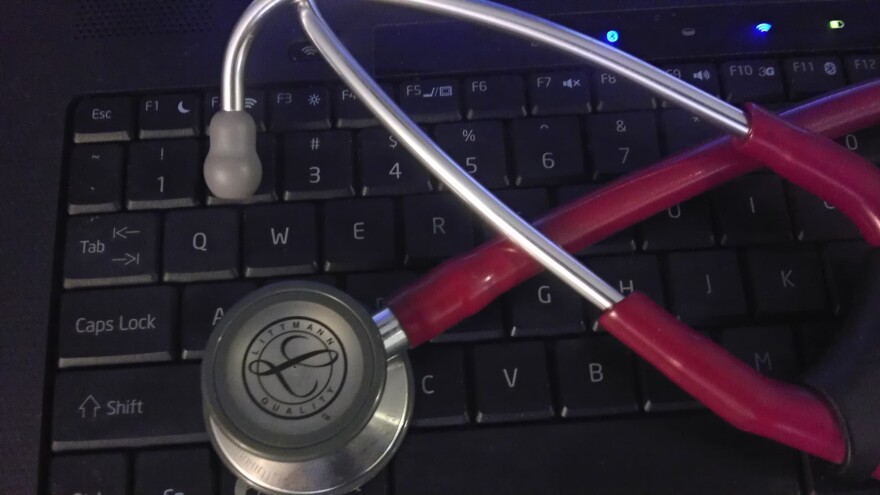Many health care providers don’t know when their patients are admitted or discharged from hospital, or seen by an ambulance crew. That makes it harder to deliver comprehensive care.
To address this issue, the Rochester Regional Health Information Organization (RHIO) has set up a simple alert system that’s aimed at improving quality of care.
The network’s able to send a message to a secure server letting doctors know whenever one of their patients is admitted, seen or discharged by a hospital or EMS, and why.
Nurse Mary Costantino has been using the RHIO alerts system for a little over a month.
She says, like all new systems, there are some bugs that need to be worked out. But, the alerts allow her to close the information gaps in patient care.
“Knowing where your patients are in the health system is always helpful,” Costantino says.
With the digitization of medical records and the increasingly rapid advances in medical research many physicians are receiving an overload of information on a daily basis. Costantino says this system adds another layer which may prove challenging for some, but the benefits are clear.
“Could it be overwhelming, it may be. But I think you weed out what it is that you want. It gives me a heads up that something is going on with the patient,” Costantino says.
Ted Kremer is the executive director of the RHIO. He says the challenge will be incorporating all the new information into the workflow of health practices.
It’s almost assumed that physicians have access to this kind of information already, Kremer says, but until recently there wasn’t an easy or secure way to make that happen.
“Finally a physician will get to see what a patient is doing in trying to take care of themselves outside of that physician visit. So in fact if they are going to the ED a lot, a physician could call back and say, well ‘something’s going on, we really need to look at what’s happening with your care. Every Thursday night you end up in the ED, this is indicative of something else.”
Kremer says the service is particularly useful for nursing homes and home health services that coordinate follow up care for patients after they’ve been discharged.
The alerts system’s currently only being used in Rochester, but Kremer says there are plans to connect all upstate hospitals and physicians with the service.
It’s only available to doctors within the health exchange network who have patient consent.




